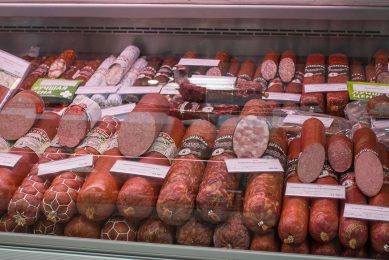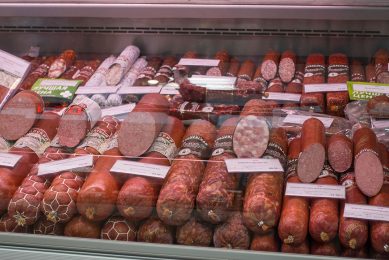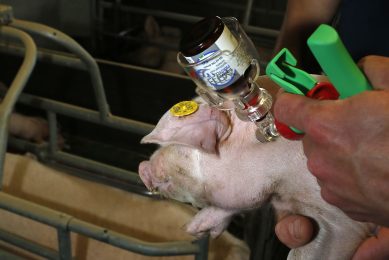EFSA explains its work on chemicals in food
EFSA has published new FAQ about its work on chemicals in food. The FAQs describe EFSA’s role and its risk assessment work in several key areas: food additives, flavourings, food contact materials, pesticides, environmental contaminants.
Example of questions tackled:
- Has an assessment ever led to any food additive being removed from the market?
Yes, EFSA’s advice can lead to a ban. For example, in 2007, EFSA’s experts advised that the food colour Red 2G (E 128) – which was permitted in certain breakfast sausages and burger meat – raised potential health concerns as it was found to be carcinogenic and genotoxic in animals. Within a month of EFSA’s advice being adopted, the European Commission and EU Member States suspended the use of this colour in foods. - What happens when there is concern over unforeseen chemical contamination in the food chain?
When a new hazard is found in the food chain – for instance the recent cases of dioxin contamination of pig meat or melamine found in various foods – scientists must quickly assess who is exposed, through which foods and at what levels. This is in order to provide a rapid and reliable risk assessment and to help risk managers take appropriate action to protect consumers.











